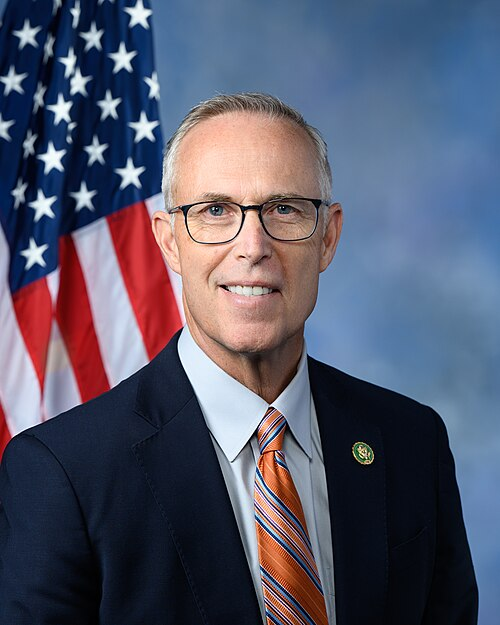H.R. 2995: Protection from Cumulative Emissions and Underenforcement of Environmental Law Act of 2025
This bill, known as the Protection from Cumulative Emissions and Underenforcement of Environmental Law Act of 2025, aims to enhance environmental justice by addressing the cumulative impacts of environmental stressors and the underenforcement of existing environmental laws. Here are the key components of the bill:
1. Protocol for Assessing Cumulative Environmental Risks
The bill mandates the Administrator of the Environmental Protection Agency (EPA) to develop a protocol within 180 days for assessing public health risks associated with multiple environmental stressors, such as:
- Global climate change impacts (e.g., extreme heat, droughts, wildfires).
- Pollutants and chemicals regulated under existing environmental laws.
- Other identified environmental stressors impacting public health.
Public comments will be gathered, and at least four public hearings will be held within 90 days of the proposal's publication. A finalized protocol must be published within one year and implemented within three years post-enactment.
2. Identification of Overburdened Communities
Within 180 days of the bill’s enactment, the EPA must identify at least 100 communities deemed as environmental justice communities. These are defined as areas with significant populations of people of color or low-income residents facing a higher-than-average number of environmental law violations over the past five years.
3. Analysis and Recommendations for Identified Communities
For each identified community, the EPA is required to:
- Conduct an analysis of the conditions leading to repeated environmental violations.
- Identify root causes of these violations.
- Propose measures to reduce environmental violations to below the national average.
This analysis and proposed measures must be completed within two years of identifying the communities.
4. Definitions and Scope
The bill further clarifies key terms such as:
- Administrator: The Administrator of the EPA.
- Community of Color: Areas with a higher population of non-White individuals than the state average.
- Environmental Justice Community: Communities that face adverse health and environmental effects.
- Low-Income Community: Areas where 30% or more of the population has incomes below certain thresholds.
- Tribal and Indigenous Community: Defined populations including federally recognized tribes and other indigenous groups.
Relevant Companies
None found
This is an AI-generated summary of the bill text. There may be mistakes.
Sponsors
3 bill sponsors
Actions
2 actions
| Date | Action |
|---|---|
| Apr. 24, 2025 | Introduced in House |
| Apr. 24, 2025 | Referred to the Committee on Energy and Commerce, and in addition to the Committee on Natural Resources, for a period to be subsequently determined by the Speaker, in each case for consideration of such provisions as fall within the jurisdiction of the committee concerned. |
Corporate Lobbying
0 companies lobbying
None found.
* Note that there can be significant delays in lobbying disclosures, and our data may be incomplete.
Potentially Relevant Congressional Stock Trades
No relevant congressional stock trades found.


